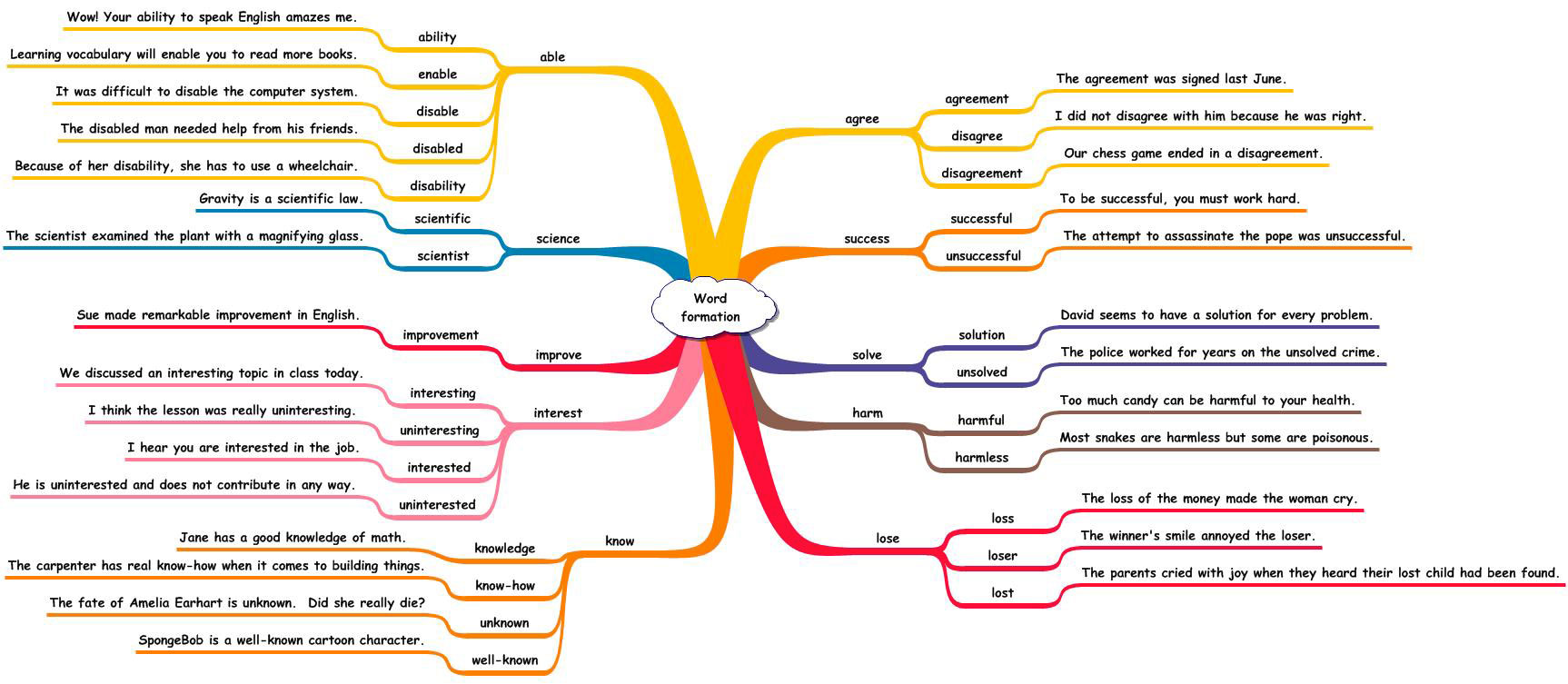 Katie Jacoby gets ser-ious about ser and estar
Katie Jacoby gets ser-ious about ser and estar
It’s one (or two) of the most commonly used verbs, and one of the biggest bugbears for Spanish learners. That’s right, in this column we’re going to take a look at ser vs. estar. Time to stop the existential crisis every time you have to choose between the two. Without further ado…
Ser describes the essence of how or what someone or something is: for a person, this means their profession, physical appearance, personality traits, character, race, gender, affiliations (political, religious), relationships to other people (the boss/sister/friend of), etc. You also use ser to talk about origin. With people, we’re talking about their nationality or regional identity (es neoyorquina, es costeño); for things, what they’re made of (brick, silicon). Possession also fits here, as it expresses origin/ownership. Ese carro es de Juan.
Any personal information on an ID card, form, or dating profile (yes, that includes Tinder) is expressed with ser. These are part of your identity, and you usually can’t just change them on a dime.
Ser is also used with time: expressing the season, date, day, and hour. Although time is constantly changing, the essence of 1:02 pm on 25 February, 2015 is that it is that time and no other. In addition, ser is used to refer to the location of events that take place during a determined period of time.
Estar is used for expressing a person or thing’s location, as well as their condition.
Regarding location, this could be something or someone’s address or GPS coordinates, position relative to other things (está a la derecha de la cocina), or posture (ella está sentada, estoy de pie), which also indicates position. A conceptual location would be something like, ella está en las nubes- she’s in the clouds, i.e., she’s daydreaming. Or, estoy en camino- I’m on my way, which just means that you haven’t arrived at your destination yet.
Let’s move on to the conditions. Here, we’re talking emotions and moods (sad, anxious, excited) and states (ready, closed, interested). Estar also encompasses your civil status: single, married, divorced, dead. Yes, death is permanent, but it’s a physical state of being: your body can be dead or alive.
Estar is also used to emphasize that something strikes the speaker in a certain way, and/or to express that they’ve noticed a change. ¡Estás bronceado! You’re so tanned! (You’re more tanned than when I last saw you/than I remember.) ¡Qué grande estás! How big you’ve gotten! Estás muy linda. I think you look really nice.
Although it’s tempting to look for an easy solution, it’s an oversimplification to think of ser for things that are permanent and estar for things that are temporary. Many conditions (broken, crazy, sick) can last for years, and while they may change one day, who can be sure? With adjectives, it can be a matter of perspective: one person might say estoy feliz every day for 40 years because they feel that every day gives them a new reason to be happy. Another person might just say soy feliz, declaring themselves to be a happy type.
 For food, you should use ser for general descriptions of a kind of food (las fresas son rojas, los bananos son ricos) and estar for the food you’re eating right now (la sopa está caliente, Los tacos están deliciosos pero un poco picantes). Helpful hint: If someone asks you, ¿Cómo está la sopa?, they’re not asking how the soup is feeling.
For food, you should use ser for general descriptions of a kind of food (las fresas son rojas, los bananos son ricos) and estar for the food you’re eating right now (la sopa está caliente, Los tacos están deliciosos pero un poco picantes). Helpful hint: If someone asks you, ¿Cómo está la sopa?, they’re not asking how the soup is feeling.
What about locations? We use estar for addresses and locations of people and things (like keys), ser for locations of events (la fiesta va a ser en mi casa), and for origin (son de Alemania). Now for a curveball: ser is often used when talking about something with a fixed location. That is, something that’s not able to just walk away or be moved and change location from one minute to the next. ¿Dónde es la estación Las Aguas? Es a la vuelta. Or, ¿Dónde es la próxima parada? (You can also use quedar.)
Alternately, estar is used for asking where something is now, like, Where’s Waldo?
Finally, the all-important opinions. If asked how a party or any other event was, use estar. ¿Cómo estuvo la fiesta? (Or, ¿Qué tal estuvo la fiesta?) The same goes for something like a book (you’re really asking, how was your experience reading it?). If you see someone reading a book, you can ask, ¿Cómo está el libro? It’s like saying, ¿Qué te parece/pareció? or ¿Cómo va el libro?
So that’s it, to be or (not) to be: hopefully you now feel yourself armed with a lot more answers than questions.
Katie Jacoby is a Spanish-English translator and has been in Colombia for 2.5 years. Feel free to leave her a comment or ideas for future columns on her language website, vocabat.com.





